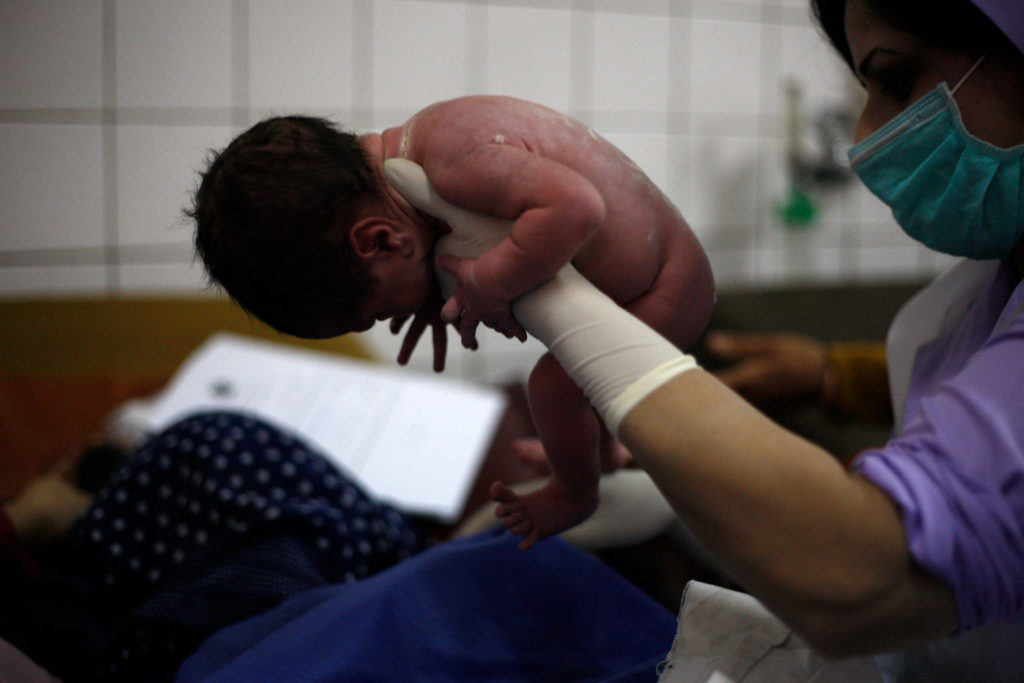Definition of skilled health personnel providing care during childbirth
2018 joint statement by WHO, UNFPA, UNICEF, ICM, ICN, FIGO and IPA

This revised definition of skilled health personnel providing care during childbirth (also widely known as a “skilled birth attendants” or SBAs) addresses existing gaps between reported increases in SBAs and disproportionate maternal and neonatal mortality – with the aim of supporting the measurement requirements of the Sustainable Development Goals (SDGs).
The 2018 definition is presented in a joint statement by the World Health Organization (WHO), the United Nations Population Fund (UNFPA), the United Nations Children’s Fund (UNICEF), the International Confederation of Midwives (ICM), the International Council of Nurses (ICN), the International Federation of Gynecology and Obstetrics (FIGO) and the International Pediatric Association (IPA).
Skilled birth attendants and the SDGs
Goal 3 of the SDGs highlights the importance of continued attention to maternal and newborn health in ensuring healthy lives and promoting well-being for all, including the reduction of maternal and neonatal mortality and an increase in births attended by skilled health personnel:
Target 3.1: By 2030, reduce the global maternal mortality ratio to less than 70 per 100 000 live births
- Indicator 3.1.1: Maternal mortality ratio
- Indicator 3.1.2: Proportion of births attended by skilled health personnel
Target 3.2: By 2030, end preventable deaths of newborns, with all countries aiming to reduce neonatal mortality to at least as low as 12 per 1000 live births*
- Indicator 3.2.2: Neonatal mortality rate
Yet in countries that have recorded relatively high levels of skilled birth attendants, maternal and neonatal mortality have not been reduced proportionately. Such findings indicate a gap between international standards of SBAs and the actual competencies possessed by birth attendants. The revised 2018 definition addresses the gap in order to support more robust measurement and metadata as required by the SDGs, particularly for indicator 3.1.2. It requires that SBAs can provide effective, uninterrupted and quality care because they are:
- Competent MNH professionals who hold identified competencies
- Educated, trained and regulated to national and international standards
- Supported within an enabling environment comprising the six building blocks of the health system
Such a revision will help track global progress towards Target 3.1 but also support efforts to improve the health of women and newborns worldwide.
Background information
The background information document below provides additional guidance for policy-makers and is a basis for approaches to data collection and measurement that clearly identify which health-care providers can be counted as “skilled health personnel” for the purposes of measuring SDG indicator 3.1.2.